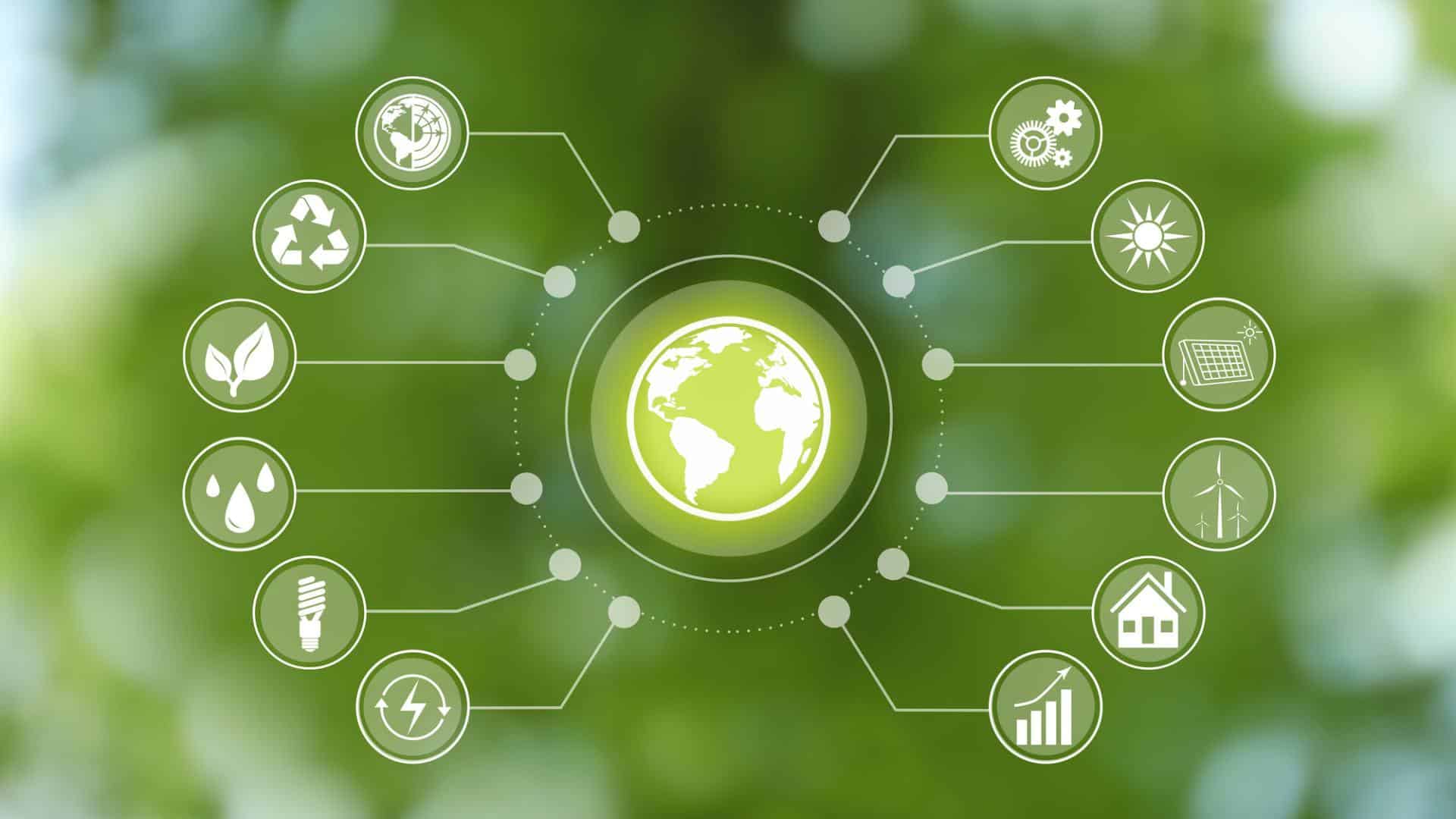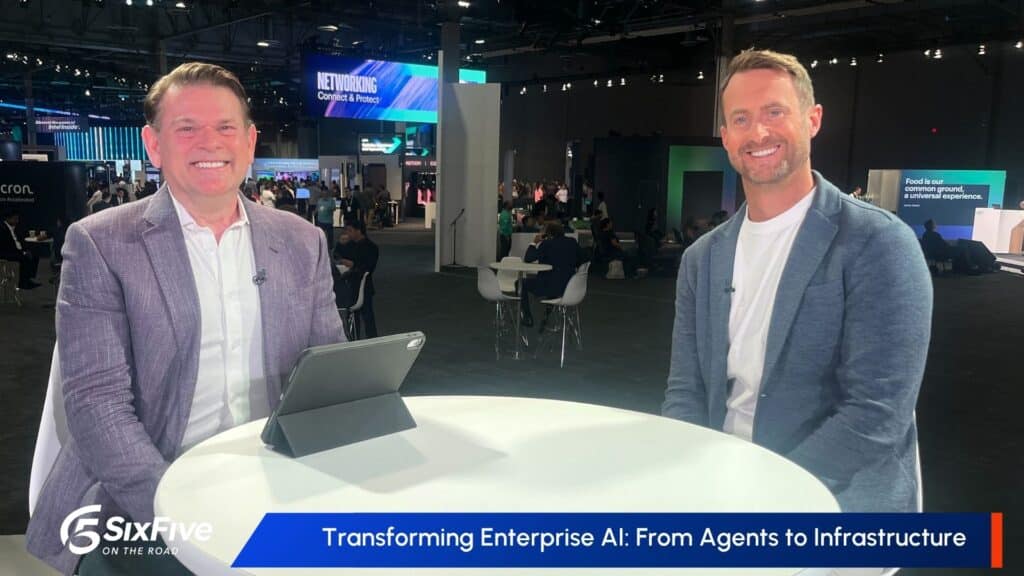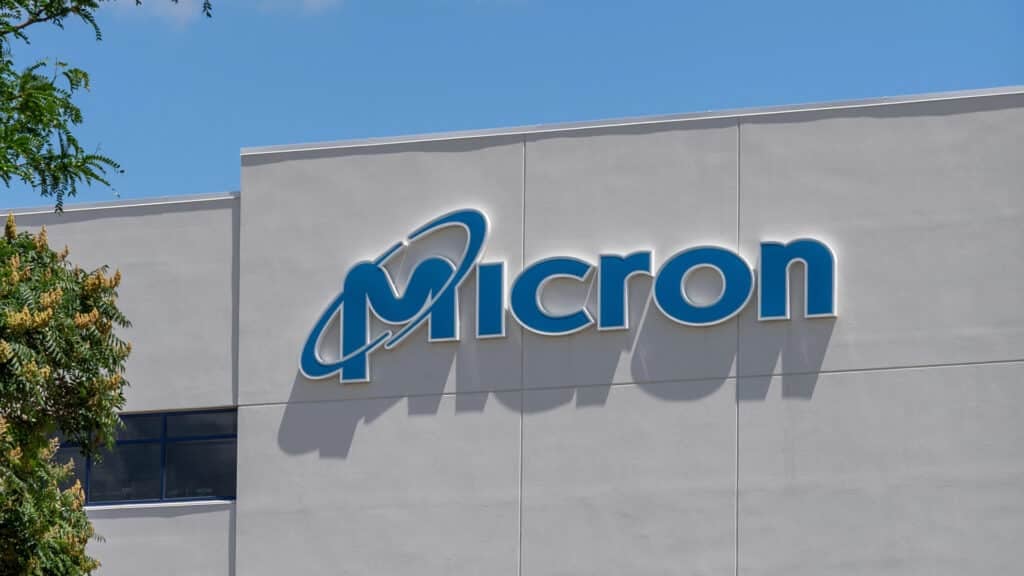The News: SAP and BT have announced a partnership, piloting SAP’s Sustainability Data Exchange (SDX) platform. The platform will simplify tracing and sharing carbon data among suppliers and customers to ease Scope 3 emissions reporting. You can find more information about the partnership on the BT website.
SAP and BT Partner to Simplify Sustainability Reporting
Analyst Take: SAP’s SDX platform allows BT to track the carbon data of its suppliers and share this data with its customers. The partnership seeks to use SDX to standardize carbon accounting, specifically carbon emissions throughout the value chain.
This use of SDX to trace and share data from suppliers onward to customers attempts to simplify one of the more complicated, yet important, areas of sustainability reporting: Scope 3 emissions. Carbon emissions are typically broken down into three scopes for reporting purposes, as defined by the Greenhouse Gas (GHG) Protocol. Scope 1 entails any emissions from sources directly owned or controlled by an organization. Scope 2 refers to emissions of purchased electricity. And finally, Scope 3 refers to indirect emissions that are not owned or controlled by the organization but can still be associated with the actions of the company. Examples of Scope 3 emissions provided by the GHG Protocol include “extraction and production of purchased materials; transportation of purchased fuels; and use of sold products and services.”
For carbon emissions reporting, Scope 1 and 2 emissions may be relatively straightforward for many organizations because these scopes essentially require data controlled or easily obtained by the organization. Scope 1 requires an organization to report on its own direct emissions. Scope 2 requires reporting of emissions of energy a company has directly purchased and should therefore have an adequate record of. Scope 3 is where things often get messy, and in many cases, Scope 3 is considered optional, despite the fact that significant emissions are often involved in a product’s value chain.
The challenge with reporting Scope 3 emissions is that it requires a significant amount of data sharing between parties, and there is typically no standard procedure to do so. BT’s use of SDX looks to set such a standard, and dramatically simplify the process of tracking and sharing emissions data that falls under Scope 3. A goal of the pilot program is to demonstrate greater sustainability insights and simplified reporting.
The partnership and use of the SDX platform is a positive step toward solving one of the more complicated issues in accounting for carbon emissions. As the pilot program continues to be tested, it could set an example for simpler, more accurate sustainability reporting for companies moving forward.
Disclosure: The Futurum Group is a research and advisory firm that engages or has engaged in research, analysis, and advisory services with many technology companies, including those mentioned in this article. The author does not hold any equity positions with any company mentioned in this article.
Analysis and opinions expressed herein are specific to the analyst individually and data and other information that might have been provided for validation, not those of The Futurum Group as a whole.
Other Insights from The Futurum Group:
Sustainability in IT – A Q3 Reflection
Are SSDs Really More Sustainable Than HDDs?
Weka Launches Sustainability Initiative for AI, ML, and HPC
Author Information
Mitch comes to The Futurum Group through the acquisition of the Evaluator Group and is focused on the fast-paced and rapidly evolving areas of cloud computing and data storage. Mitch joined Evaluator Group in 2019 as a Research Associate covering numerous storage technologies and emerging IT trends.
With a passion for all things tech, Mitch brings deep technical knowledge and insight to The Futurum Group’s research by highlighting the latest in data center and information management solutions. Mitch’s coverage has spanned topics including primary and secondary storage, private and public clouds, networking fabrics, and more. With ever changing data technologies and rapidly emerging trends in today’s digital world, Mitch provides valuable insights into the IT landscape for enterprises, IT professionals, and technology enthusiasts alike.





